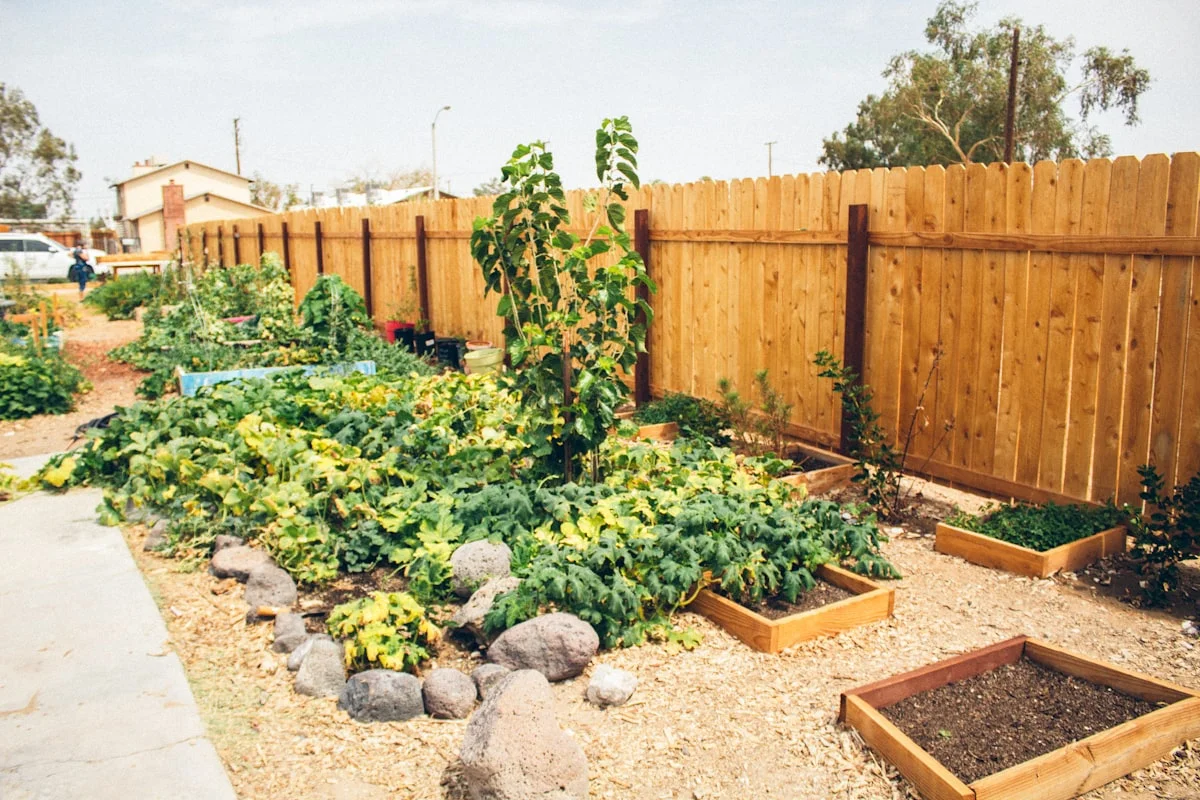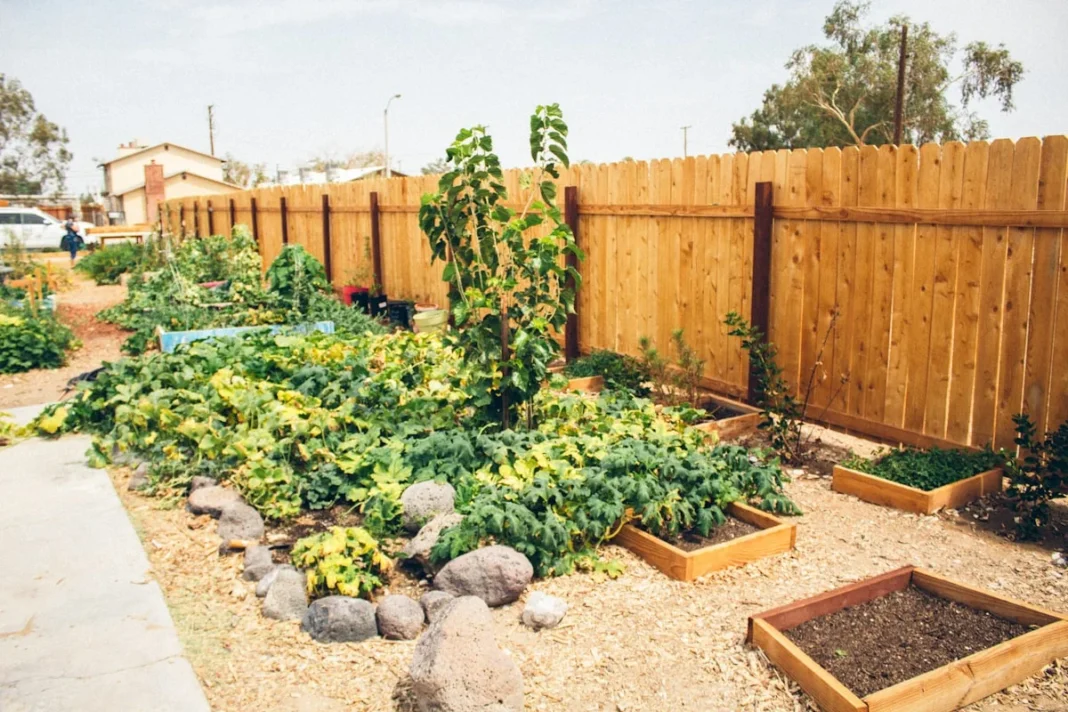# Easy DIY Raised Garden Bed Plans for USA Gardeners in 2025
Why Choose DIY Raised Garden Beds?
DIY raised garden beds are a fantastic way to grow healthy plants, improve soil drainage, and make gardening more accessible. Whether you’re a beginner or an experienced gardener, building your own raised beds allows for customization in size, material, and design. In the USA, where gardening conditions vary by region, DIY raised garden beds offer flexibility to adapt to different climates and soil types. Plus, they reduce back strain by elevating plants to a comfortable working height.
Raised beds also help control weeds, prevent soil compaction, and extend the growing season by warming up faster in spring. With the right materials and a simple plan, you can create a productive and beautiful garden space. Below, we’ll explore easy-to-follow DIY raised garden bed plans perfect for American gardeners in 2025.
Best Materials for DIY Raised Garden Beds
Choosing the right materials is key to building durable and safe DIY raised garden beds. Cedar and redwood are excellent choices because they resist rot naturally and last for years. Pressure-treated lumber is another option, but ensure it’s labeled safe for vegetable gardens. For a budget-friendly alternative, consider using untreated pine, though it may need replacing sooner.
Composite lumber and galvanized metal are modern, long-lasting options that require minimal maintenance. If sustainability is a priority, reclaimed wood or cinder blocks can be repurposed into sturdy garden beds. Avoid using railroad ties or chemically treated pallets, as they may leach harmful substances into the soil.

Simple DIY Raised Garden Bed Plans
One of the easiest DIY raised garden bed designs is a rectangular wooden frame. Start by measuring and cutting four pieces of lumber—two for the length and two for the width. A standard size is 4 feet wide (for easy reach) and 8 feet long, with a height of 12 to 18 inches. Secure the corners with galvanized screws or corner brackets for stability.
For a no-dig approach, layer cardboard at the bottom to suppress weeds before filling the bed with a mix of topsoil, compost, and organic matter. If you prefer a more rustic look, try stacking logs or stones to create a natural border. Another quick option is using galvanized stock tanks, which are ready-made and perfect for small-space gardening.
Tips for Maintaining Your DIY Raised Garden Beds
To keep your DIY raised garden beds thriving, regular maintenance is essential. Mulch the surface to retain moisture and regulate soil temperature. Each season, refresh the soil by adding compost or organic fertilizer to replenish nutrients. Rotate crops annually to prevent soil depletion and reduce pest problems.
Check for signs of wood rot or structural weakness, especially after winter. If using wooden beds, consider applying a natural sealant to prolong their lifespan. Watering is also crucial—raised beds drain faster than in-ground gardens, so monitor soil moisture closely, especially during hot summers.
Final Thoughts on DIY Raised Garden Beds
Building DIY raised garden beds is a rewarding project that enhances your gardening experience. With the right materials and a straightforward plan, you can create a productive, long-lasting garden space tailored to your needs. Whether you grow vegetables, herbs, or flowers, raised beds offer better control over soil quality and plant health.
As we look ahead to 2025, more gardeners in the USA are turning to raised beds for their efficiency and versatility. By following these easy DIY raised garden bed plans, you’ll enjoy fresh homegrown produce and a beautiful outdoor space for years to come.


